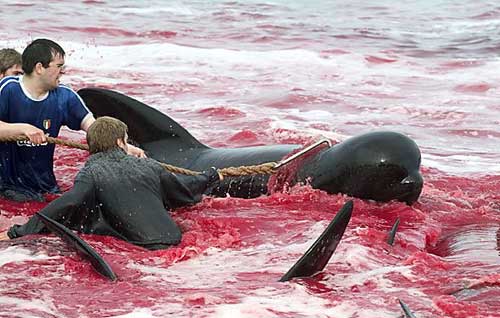http://www.iucnredlist.org/details/15952/0
Shankaranarayanan,
P., Benerjee, M., Kacker, R.K., and Singh, L. 1997. Genetic Variation in
Asiatic lions and Indian tigers. Electrophoresis. 18: 1693–1700.
http://www.freewebs.com/hmgrgcb/publication/Elec%20shankar%20et%20al%201997.pdf
http://www.freewebs.com/hmgrgcb/publication/Elec%20shankar%20et%20al%201997.pdf
WCT.
2013. Asiatic Lion: history, population, human animal conflict, breeding
program. Wildlife Conservation Trust. Available from:
http://www.asiaticlion.org/asiatic-lion-history.htm
http://www.asiaticlion.org/asiatic-lion-history.htm
WWF.
2007. Critically endangered lion now found only in India. World Wildlife Fund.
Available from:
http://wwf.panda.org/about_our_earth/teacher_resources/best_place_species/current_top_10/asiatic_lion_.cfm
http://wwf.panda.org/about_our_earth/teacher_resources/best_place_species/current_top_10/asiatic_lion_.cfm
The
population of the Asiatic Lions in Sasan Gir, India is listed as endangered by the
IUCN (WWF 2007). The Asiatic Lion used to have a range from the Middle East to
India, but now it is strictly found in Sasan Gir, India. The population size of
Asiatic Lions found in Sasan Gir, India in 2010 consist of approximately 411
lions (WCT 2013).
Due to over-hunting
and an extreme famine between 1901 and 1905 the entire Asiatic Lion population in the
late 19th century reached a size of approximately 12 lions (WCT
2013). A breeding center had to be established where these lions were breed in
captivity. The biggest issue with the entire Asiatic Lion population reaching 12 lions is
inbreeding depression.
In 1997,
Shankaranarayanan et al. conducted a study to examine the population of 38 Asiatic
lions in the Gir Forest Sanctuary in India to determine the extent of
inbreeding within the population. Previous research done on the Asiatic Lions had
showed that they were highly inbred and had very low levels of genetic
variation. Blood samples of the 38 Asiatic Lions were taken and they were
analysed using random amplified polymorphic DNA (RAPD) (RAPD is a type of PCR
reactions that amplifies random segments of DNA). Shankaranarayanan et al.
found that the population of 38 Asiatic lions had an average heterozygosity of
25.82%. To try and determine the level
of heterozygosity found in the subspecies of Asiatic Lions before they had
reached an approximate size of 12, the researchers analysed 50 to 125 year old
skin samples found in museums. The results showed that these old skin samples had
a heterozygosity of 21.01%, which is close to that of the current population.
The researchers concluded that Asiatic Lions have always had a low genetic
variability, and that it is probably a characteristic of this subspecies. It is interesting that even though the human population almost drove this subspecies to extinction, they somehow managed to bring it back with the same level of genetic variation.
The most crucial error with Shankaranarayanan et al.’s study is: how are they to be sure the old skin samples found in museums were not from the same pride. It seems highly unlikely that they would be able to determine what population these old skins came from.
The most crucial error with Shankaranarayanan et al.’s study is: how are they to be sure the old skin samples found in museums were not from the same pride. It seems highly unlikely that they would be able to determine what population these old skins came from.
Thus, even
though humans were the cause of the population reaching 12 lions they have also
brought the population back to a stable size. In reality we have made progress
in conserving the last Asiatic Lion population. Although, I believe more
studies need to be done before we can determine if we have actually created a
population of highly inbred Asiatic Lions.
It seems
like this “revival story” is continuously discussed in conservation: humans
destroy an entire population, but then they revive it. It makes me wonder if we will
ever learn to try and conserve the population in the first place rather than
destroy it and then spend a large sum of money to fix it.
Word Count: 494
Word Count: 494
















